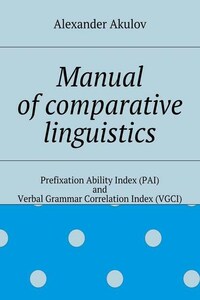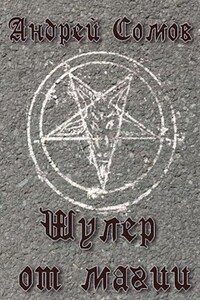Manual of comparative linguistics
Автор книги - Alexander Akulov. Произведение относится к жанру языкознание. Год его публикации неизвестен. Международный стандартный книжный номер: 9785447441906.
The book is about precise typological methods of comparative linguistics: Prefixation Ability Index and Verbal Grammar Correlation Index. These two methods allow us to detect very distant relationship of languages by direct comparison of their structures and without making reconstructions.




